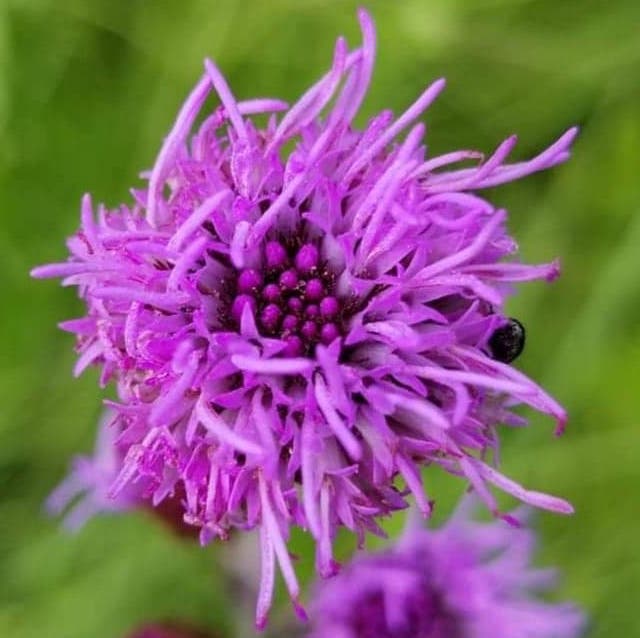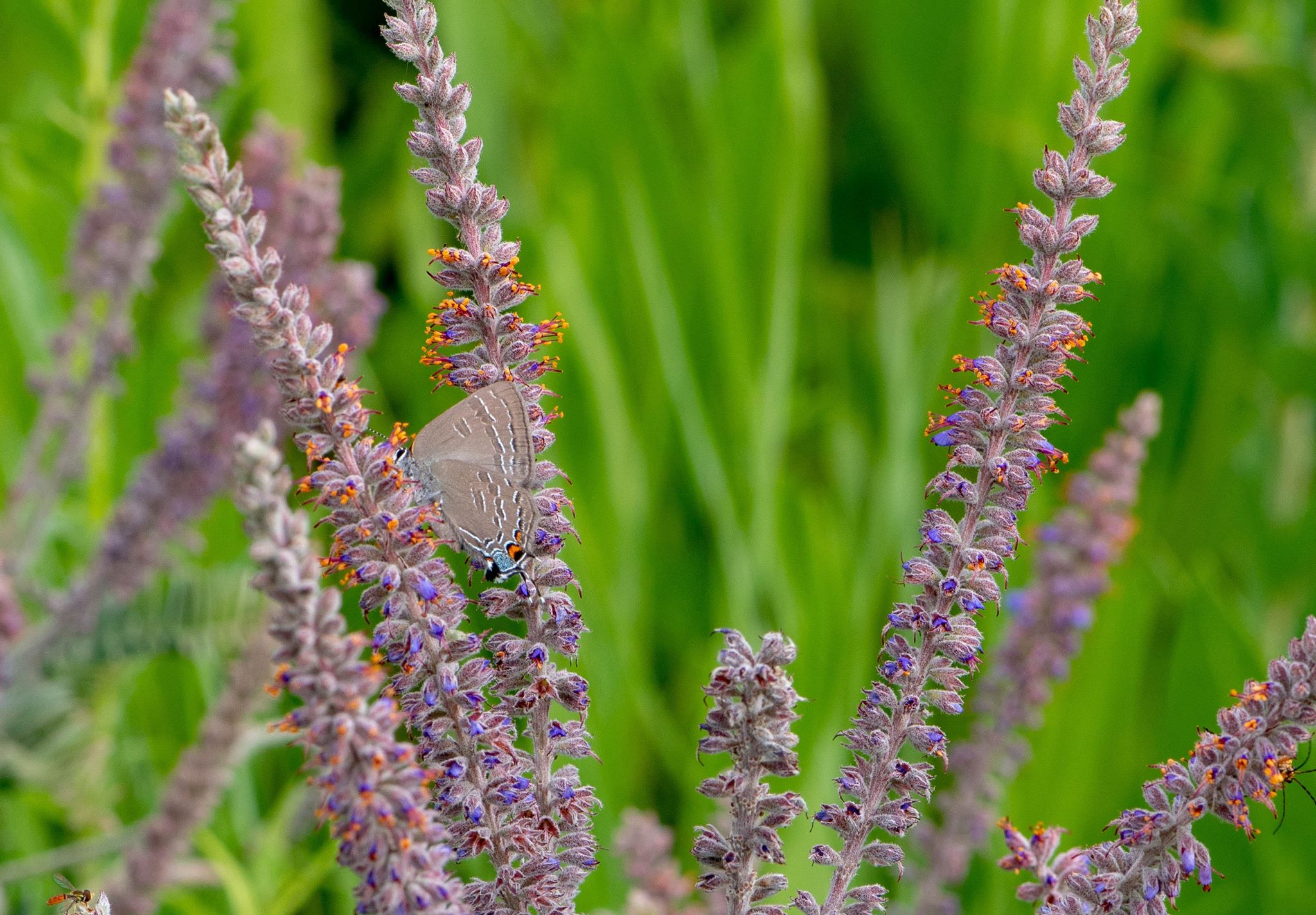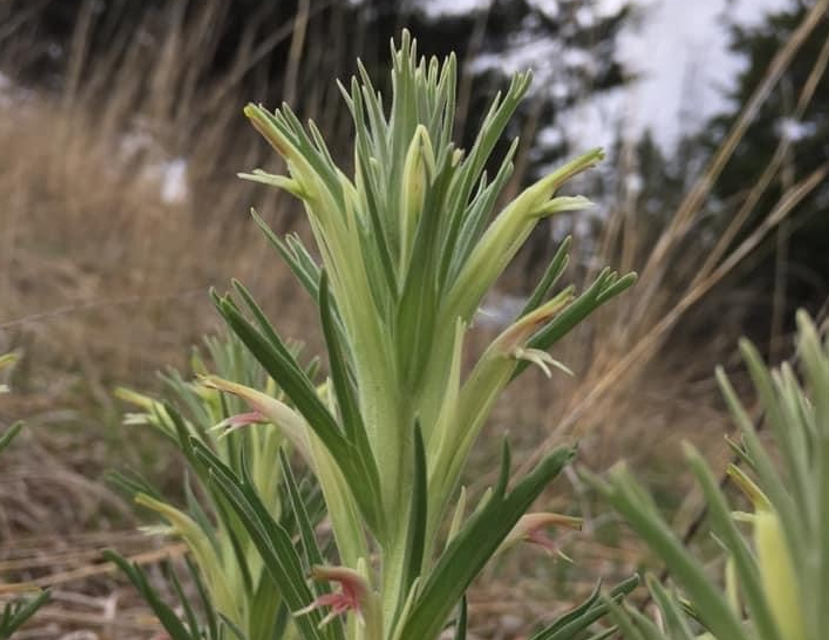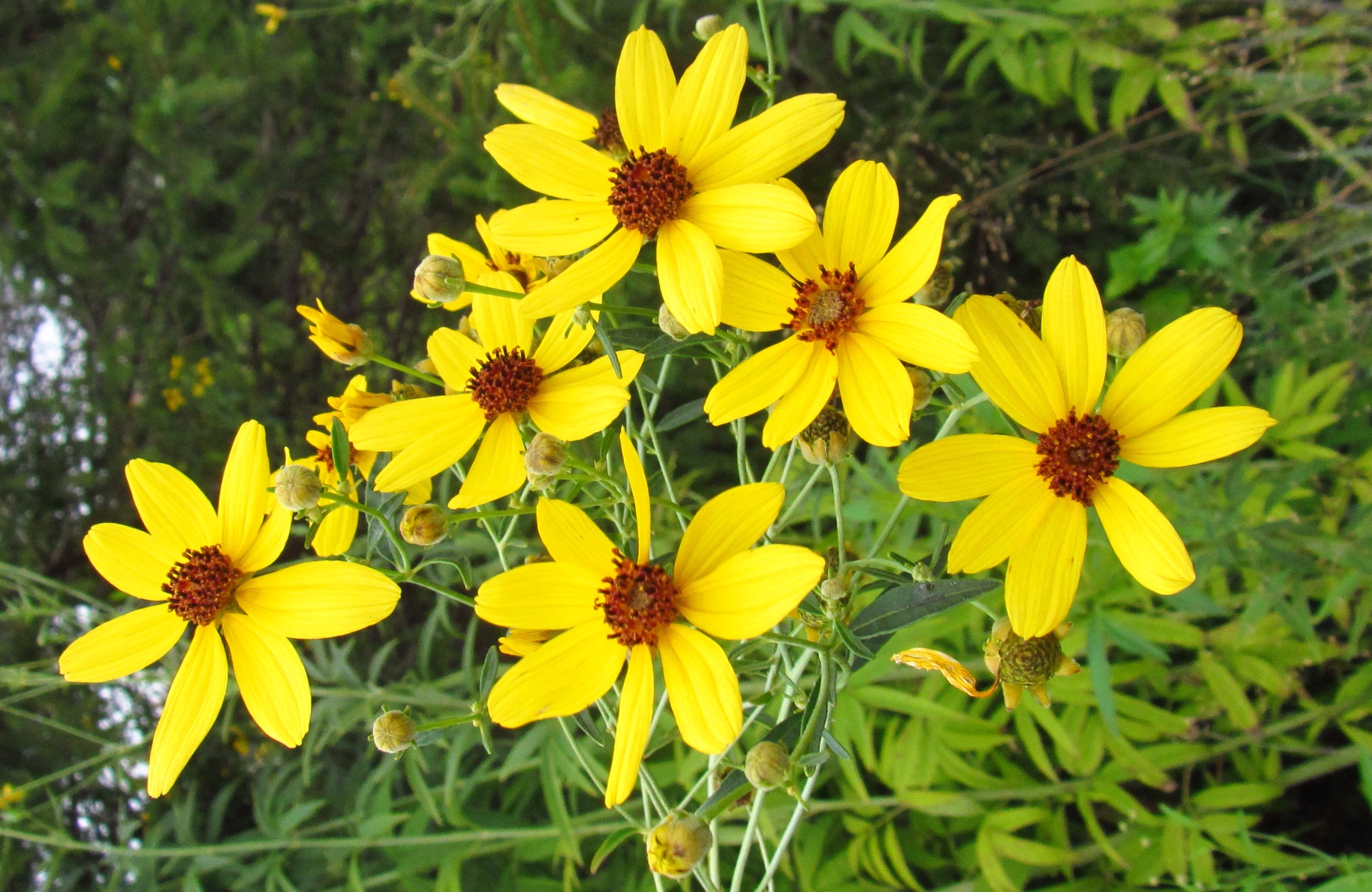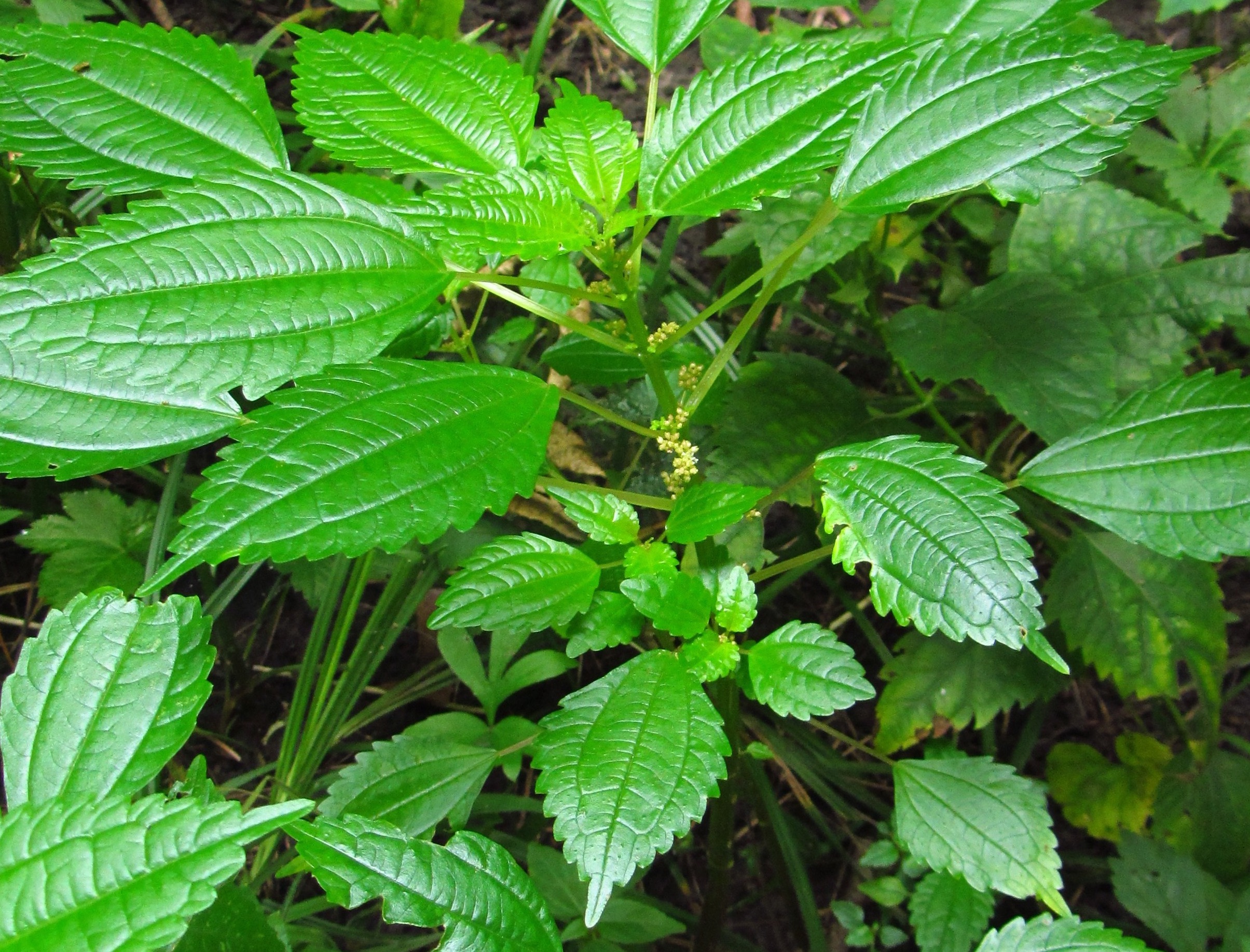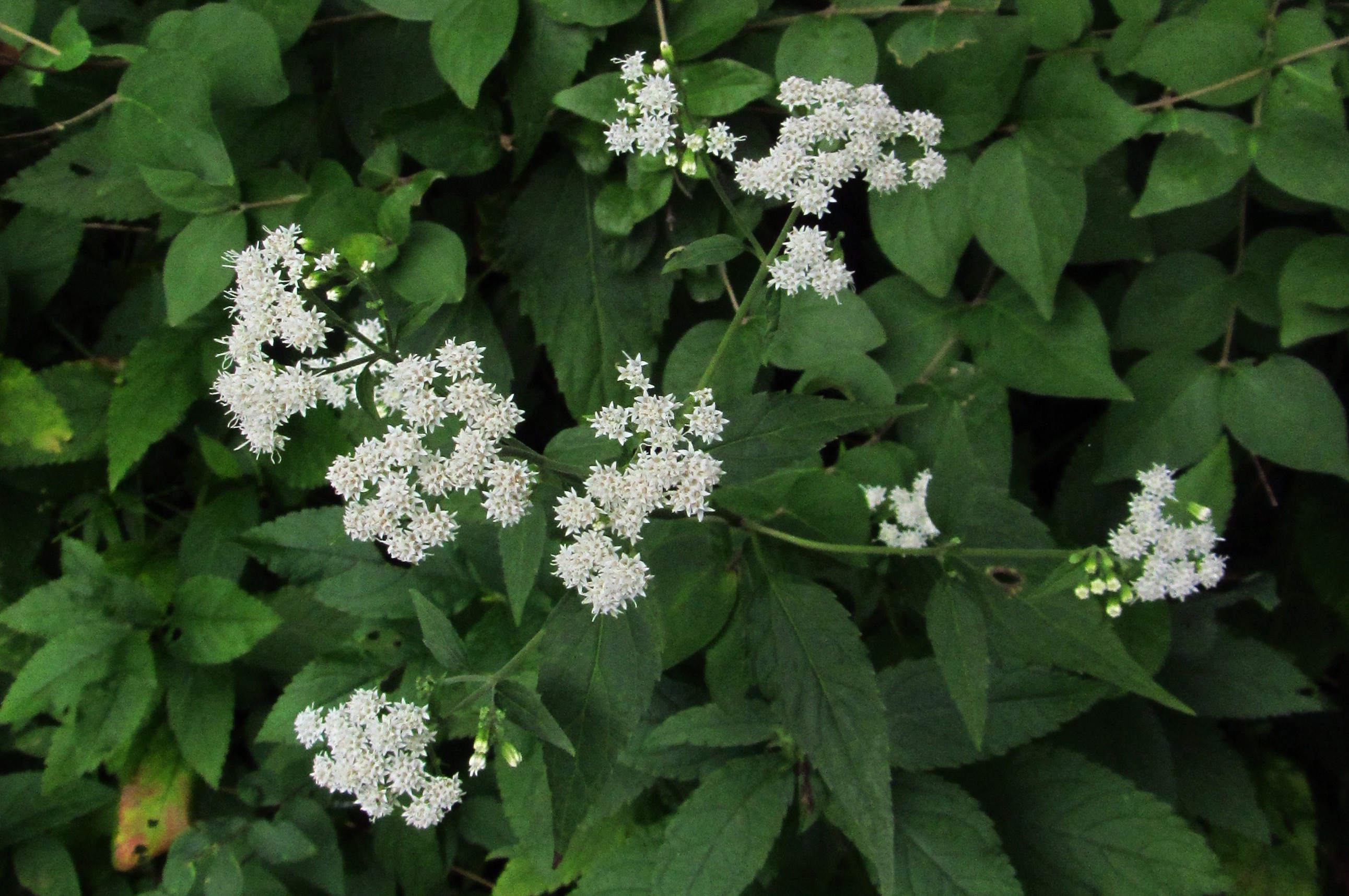When not enjoying Lamb’s Ear and other wildflowers, Bruce Dickerson is a history professor at Indian Hills Community College. -promoted by Laura Belin
I live on 25 acres in Appanoose County. Although I’m not able to do it as often as I’d like to, I try to get in some exercise by walking around my pasture and small wooded area that I own. Not a farm, but we do have a couple of horses, and I rent pasture to my Amish farrier so there are sometimes as many as ten horses keeping the grass from getting too tall.
Anyway, while on a walk a couple of weeks ago I came across what I believe is Lamb’s Ear (Stachys byzantine), also called woolly hedgenettle, in the wooded area of pasture.





